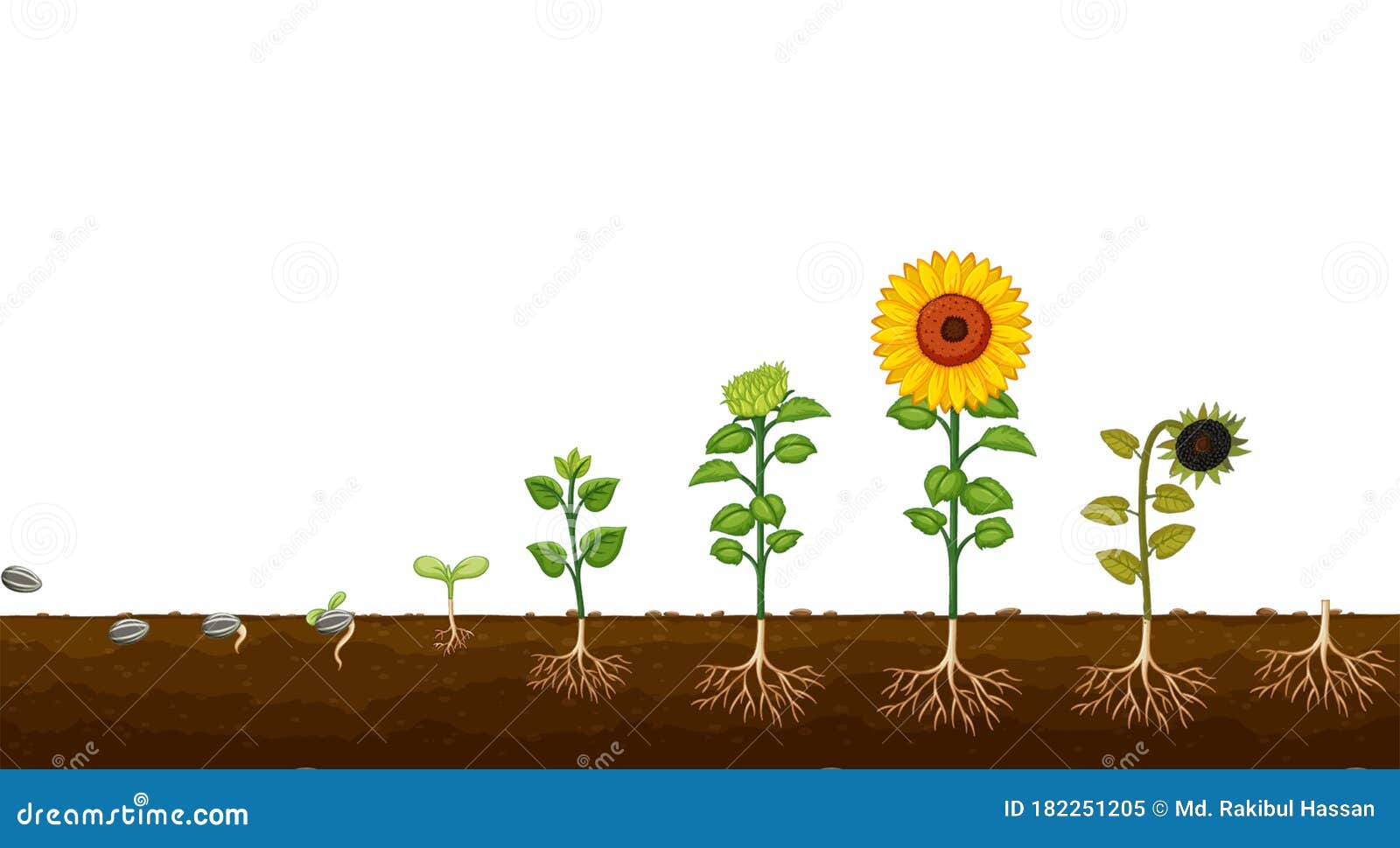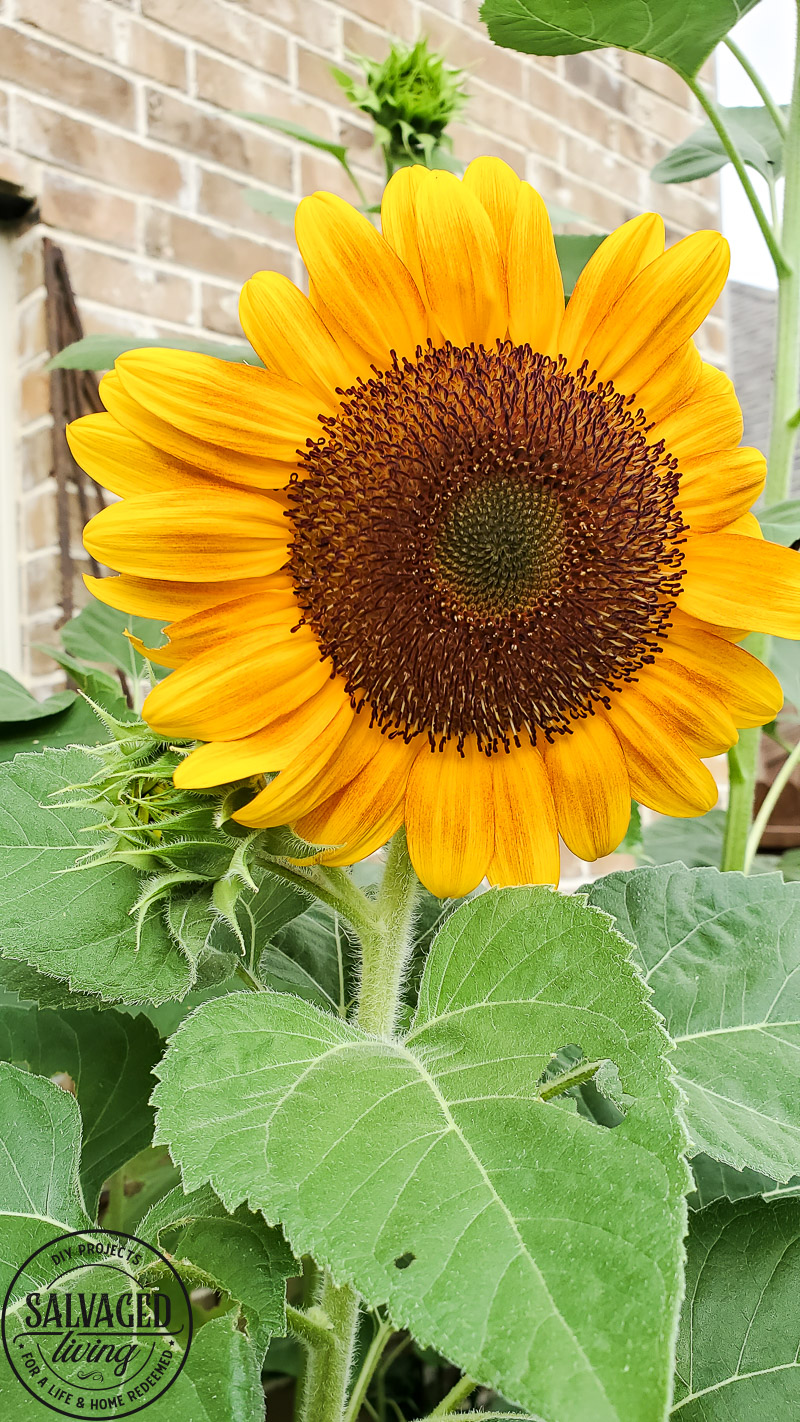Sowing Sunflower Seeds in the Summer Heat
Is July Too Late to Plant Sunflowers?
As the summer months approach, many gardeners wonder if they can still plant sunflower seeds in July. The answer to this question largely depends on the climate and growing season in your region. In areas with a long growing season, sunflowers can be planted in July, but in regions with a shorter growing season, it may be too late. Before deciding to plant sunflower seeds in July, it’s essential to consider the specific growing conditions in your area and the time it takes for sunflowers to mature. Can you plant sunflower seeds in July? The answer is yes, but only if you live in an area with a long enough growing season.
Understanding Sunflower Growth Cycles
Sunflowers have a unique growth cycle that affects the planting schedule. Typically, sunflowers take around 60 to 90 days to mature from sowing to blooming. This growth cycle can be broken down into three stages: germination, growth, and blooming. During the germination stage, which lasts around 7-10 days, the seeds sprout and develop their roots. The growth stage, which takes around 30-40 days, is characterized by the development of the stem, leaves, and flower bud. Finally, the blooming stage, which lasts around 30-60 days, is when the flower head matures and produces seeds. Understanding this growth cycle is crucial when deciding whether to plant sunflower seeds in July, as it determines the ideal planting time for a successful harvest.
How to Plant Sunflowers in July for a Successful Harvest
Planting sunflower seeds in July requires careful planning and attention to detail. To ensure a successful harvest, follow these step-by-step instructions:
First, prepare the soil by loosening it to a depth of 12-18 inches. Mix in a 2-inch layer of compost or well-rotted manure to improve soil fertility and drainage. Sunflowers prefer full sun and well-draining soil, so choose a location that receives direct sunlight for at least 6 hours a day.
Next, sow the sunflower seeds 1 inch deep and 6 inches apart in late July, when the soil has warmed up to at least 60°F (15°C). Water the soil gently but thoroughly after sowing. Keep the soil consistently moist during the first few weeks after planting, but avoid overwatering, which can lead to root rot.
As the plants grow, provide support using stakes or a trellis to prevent them from toppling over in the wind. Mulch around the base of the plants to retain moisture and suppress weeds.
By following these simple steps, you can increase your chances of a successful sunflower harvest, even when planting in July. Remember, can I plant sunflower seeds in July? The answer is yes, but only with proper planning and care.
Challenges of Planting Sunflowers in July
While it is possible to plant sunflower seeds in July, there are several challenges to be aware of. One of the main concerns is heat stress, which can occur when the soil temperature exceeds 85°F (29°C). This can lead to poor germination rates and stunted growth. To mitigate this risk, it’s essential to provide adequate moisture and shade for the seedlings during the hottest part of the day.
Drought is another common challenge when planting sunflowers in July. Sunflowers require consistent moisture, especially during the germination and growth stages. To ensure adequate water supply, mulch around the base of the plants to retain moisture and reduce evaporation. Additionally, water the plants deeply once or twice a week, depending on weather conditions.
Pests and diseases are also more prevalent during the summer months. Keep an eye out for signs of infestation or infection, such as aphids, whiteflies, and powdery mildew. Use organic or chemical controls as needed to prevent the spread of these pests and diseases.
Despite these challenges, can I plant sunflower seeds in July? With proper planning and care, the answer is yes. By understanding the potential risks and taking steps to mitigate them, you can still enjoy a successful sunflower harvest, even in the hot summer months.
Regional Variations in Sunflower Planting Schedules
The ideal planting time for sunflowers varies significantly depending on the region, climate, and latitude. In general, sunflowers thrive in temperate climates with warm summers and cool winters. However, the specific planting schedule can differ greatly from one region to another.
In the Northern Hemisphere, the optimal planting time for sunflowers is typically in late spring to early summer, when the soil has warmed up and the risk of frost has passed. In regions with a shorter growing season, such as in the northern United States or Canada, it’s best to plant sunflowers in late May or early June.
In contrast, in regions with a longer growing season, such as in the southern United States or Mediterranean countries, sunflowers can be planted in late summer or early fall. This allows the plants to mature before the first frost, which can occur as early as October in some areas.
In tropical regions, sunflowers can be planted year-round, as the climate is generally warm and humid. However, it’s essential to choose a variety that is resistant to heat and humidity, and to provide adequate shade and water to prevent heat stress.
When asking can I plant sunflower seeds in July, it’s essential to consider the specific regional conditions and adjust the planting schedule accordingly. By understanding the regional variations in sunflower planting schedules, you can ensure a successful harvest, regardless of where you live.
Choosing the Right Sunflower Variety for a July Planting
When asking can I plant sunflower seeds in July, it’s essential to choose a sunflower variety that is suitable for a summer planting. Not all sunflower varieties are created equal, and some are better suited for a July planting than others.
One of the most critical factors to consider is the days to maturity. Sunflowers that mature quickly, typically within 60 to 90 days, are ideal for a July planting. This ensures that the plants will have enough time to grow and bloom before the first frost.
Heat tolerance is another crucial factor to consider. Sunflowers that are bred to thrive in warm temperatures will perform better in the summer heat. Look for varieties that are specifically labeled as “heat-tolerant” or “drought-resistant.”
Disease resistance is also essential when planting sunflowers in July. Sunflowers are susceptible to various diseases, such as powdery mildew and downy mildew, which can be exacerbated by the warm and humid summer weather. Choose a variety that has built-in disease resistance to minimize the risk of infection.
Some popular sunflower varieties for a July planting include ‘Mammoth’, ‘Velvet Queen’, and ‘Red Sun’. These varieties are known for their quick maturation, heat tolerance, and disease resistance, making them ideal for a summer planting.
By choosing the right sunflower variety for a July planting, you can ensure a successful harvest, even in the hot summer months. Remember to also consider the specific growing conditions in your region and adjust your planting schedule accordingly.
Post-Planting Care for Sunflowers in July
After planting sunflower seeds in July, it’s essential to provide proper care to ensure a successful harvest. Sunflowers require consistent moisture, especially during the hot summer months. Water the plants deeply once or twice a week, depending on the weather conditions.
Fertilizing is also crucial for sunflowers. Use a balanced fertilizer that is high in phosphorus to promote healthy root growth and blooming. Apply the fertilizer according to the manufacturer’s instructions, usually once a month.
Pruning is another important aspect of post-planting care for sunflowers. Remove any weak or spindly growth to encourage the plant to focus its energy on producing healthy stems and blooms. Also, remove any dead or dying leaves to prevent the spread of disease.
In addition to these care tips, it’s essential to monitor the plants for signs of heat stress, drought, and pests. Keep an eye out for yellowing leaves, wilting, or white powdery patches on the leaves, which can indicate heat stress or disease. Use organic or chemical controls as needed to mitigate these risks.
By providing proper care and attention, you can help your sunflowers thrive in the hot summer weather. Remember to stay vigilant and adjust your care routine as needed to ensure a successful harvest. With the right care, you can enjoy a bountiful harvest of beautiful sunflowers, even when asking can I plant sunflower seeds in July.
Conclusion: Can You Plant Sunflower Seeds in July?
In conclusion, the answer to the question “can I plant sunflower seeds in July” is a resounding yes, but with some caveats. While July may be considered late in the growing season for sunflowers in some regions, it’s still possible to plant them in the summer heat with proper care and attention.
By understanding the typical growth cycle of sunflowers, choosing the right variety, and providing optimal growing conditions, you can increase your chances of a successful harvest. Additionally, being aware of the potential challenges of planting sunflowers in July, such as heat stress and drought, and taking steps to mitigate these risks can help ensure a bountiful harvest.
Regional variations in sunflower planting schedules should also be considered, as the ideal planting time may differ depending on your location and climate. By taking these factors into account and following the tips and guidelines outlined in this article, you can successfully plant sunflower seeds in July and enjoy a beautiful and thriving crop.
So, to answer the question once and for all, yes, you can plant sunflower seeds in July, but be sure to do your research, choose the right variety, and provide optimal care to ensure a successful harvest. With a little planning and attention, you can enjoy a stunning display of sunflowers in the summer heat.









